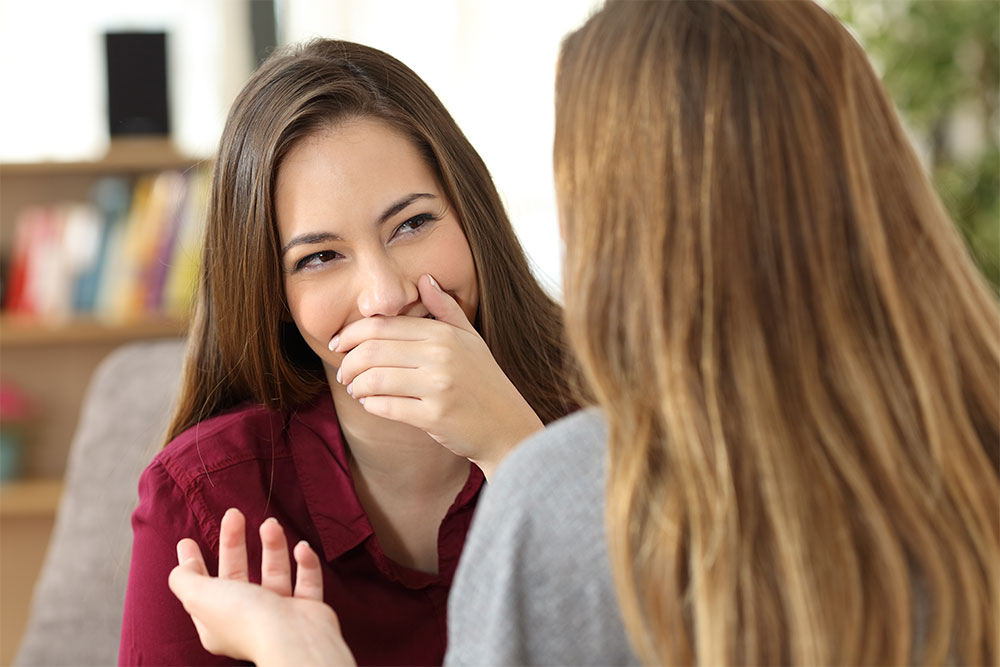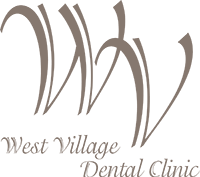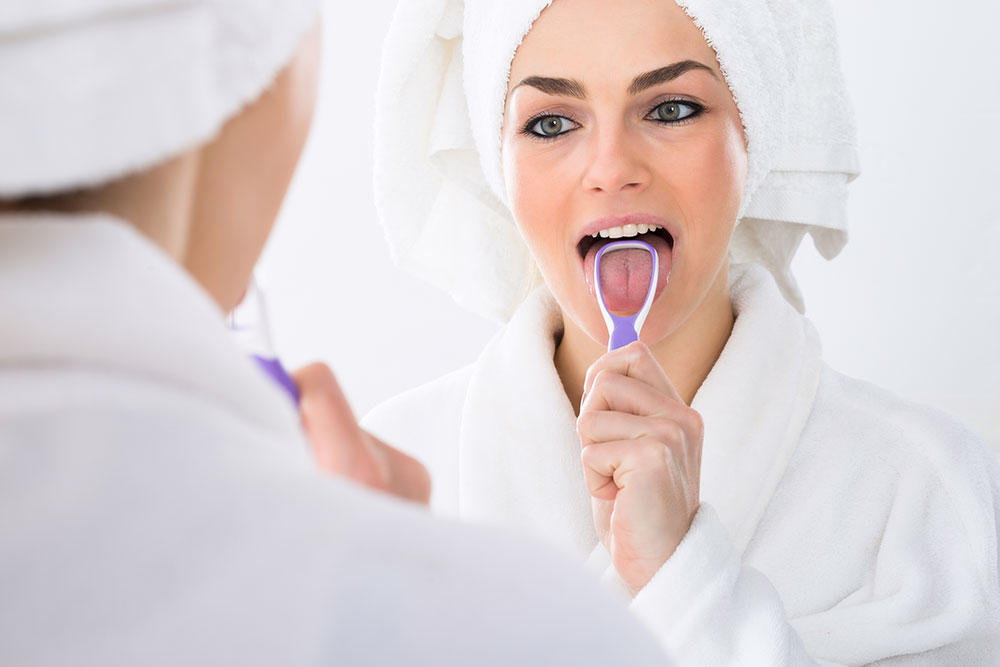
What Causes Bad Breath And How to Fix It
Bad breath, also known as “halitosis” or “malodour,” is a common problem that most have experienced at least once in their lifetime. There are many causes of bad breath and many ways that bad breath can be improved. Bad breath can be caused orally or gastrointestinally, but studies show that 80% of the source of bad breath comes from the mouth. Please read below to understand the causes of bad breath and how to improve it.
Cause of Bad Breath
– Plaque accumulation on tooth and gum surfaces may lead to gingivitis or inflammation of the gums and periodontitis, which is inflammation of the supporting structures of the teeth, also known as gum disease.
– Plaque accumulation on the tongue surface
– Dental decay and broken fillings
– Food traps between teeth
– Dentures that are not being properly cared for
– Ketogenic diet (high in proteins and fats and low in carbs)
– Smoking and tobacco products
– Foods that alter your breath (garlic, onions, coffee, etc.)
– High sugar intake
– Dry mouth, caused “xerostomia”
– Acid reflux
– Certain medications such as antihistamines and diuretics
– Certain medical conditions such as diabetes, liver disease, respiratory tract infections and bronchitis
How to Improve Bad Breath
– Brush at least twice a day and floss at least once a day
– Keep your tongue clean. Use a tongue cleaner daily
– Use a mouthwash approved by the CDA/ADA with medial ingredients
– Have cavities/broken fillings fixed
– Keep dentures clean and take them out each night
– Reduce sugar intake, increase intake of fruits and vegetables
– Reducing smoking and use of tobacco products
– Get checked for acid reflux and other medical conditions that are linked with bad breath
– Use a salivary substitute if you suffer from a dry mouth
– Make sure not to miss your routine check-ups and cleanings with your dentist and dental hygienist
If you suffer from bad breath and are interested in treatment options or have any questions about how to improve your breath, we encourage you to contact us today to schedule an appointment.

